It’s hard to deny that the medium of animation is mostly undervalued. While there have been several great animated films or TV series in years past and present, it often feels like animation is rarely turned to when it comes to adapting something to film. That’s not to say that everything should be animated; advances in technology have accomplished the impossible. But, this is not always the case, and, for everything that can be brought to life well—Gollum from Lord of the Rings, Hulk from the Marvel Studios films—there are just as many properties done a disservice by not being fully animated.
The great thing about animation is that literally anything can be drawn or presented onscreen with little budgetary restrictions at all. The imagination is the limit when it comes to this medium, and it’s given life to characters and worlds that might look bland or disturbing in live-action. Cats is just one film among several that should have gone the fully animated route.
Howard The Duck (1986)
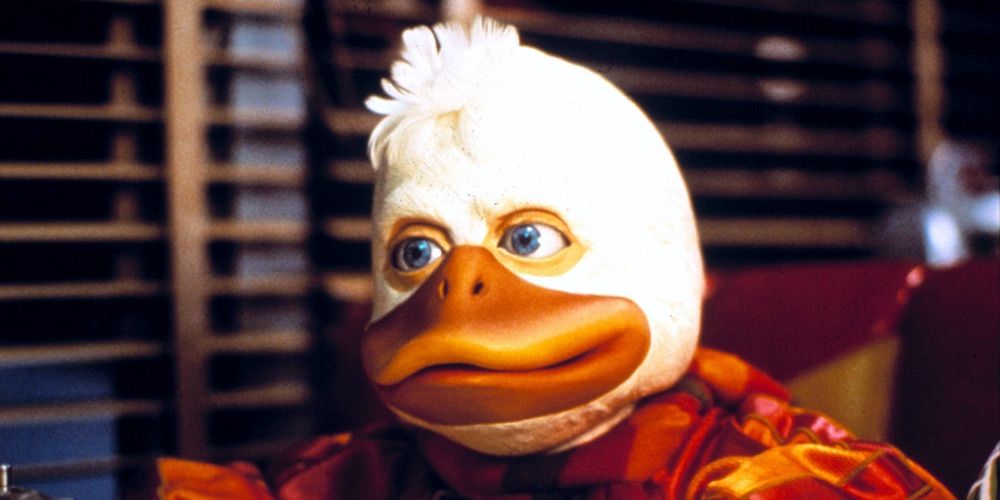
The critically and financially unsuccessful Howard the Duck has a lot of problems, but the biggest has to be Howard’s appearance. The film was intended to be animated at first, but, because George Lucas was required to provide Universal Pictures with another live-action film, he decided to make it in live-action. Thus, Howard was portrayed through a combination of puppetry and an animatronic suit worn by several actors. While the results are about as much as a studio could have done in 1986, it still looks unsettling.
Maybe things could have worked out differently if Lucas made another live-action film, but it’s because of this film’s failure that Lucas was forced to sell off his animation studio, which later became Pixar Animation Studios, so that’s one positive from this situation at least. As we’ve seen from his appearances in both Guardians of the Galaxy films, as well as Avengers: Endgame, CGI suits Howard just as well on film. Here’s hoping Marvel Studios has plans for a reboot!
Underdog (2007)
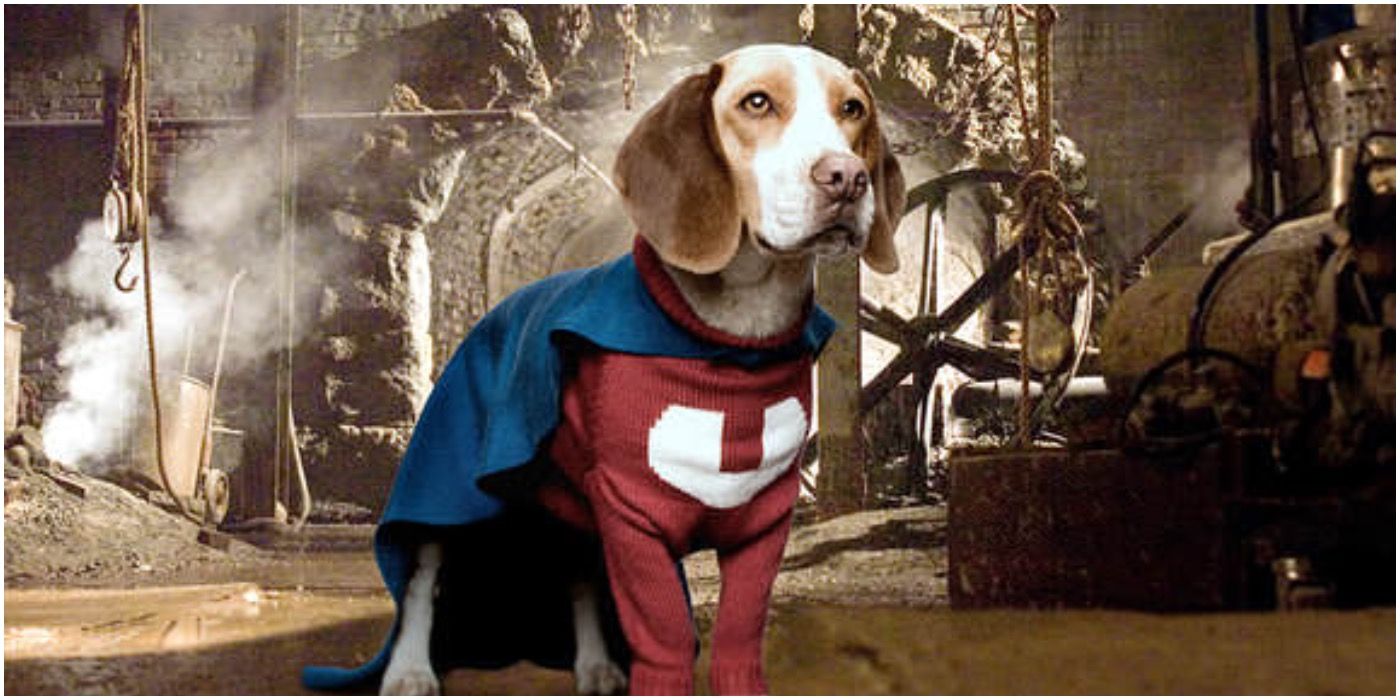
Based on the popular animated series from the 1960s, Disney’s film adaptation failed to stick the landing with critics or fans of the cartoon. Part of its failure stems from the fact that it was even live-action in the first place.
Shoeshine Boy/Underdog and his love interest Polly Purebred are anthropomorphic animals in the cartoon alongside regular humans, and Shoeshine Boy gets his comical name because he’s a shoeshiner. In the film, however, none of the animals are anthropomorphic, with Shoeshine being a former police dog who is adopted by a security guard, and he instead gets his name because he licks the guard’s shoes at one point. This change unfortunately removed most of the charm and humor that was present in the cartoon.
Teenage Mutant Ninja Turtles (2014)
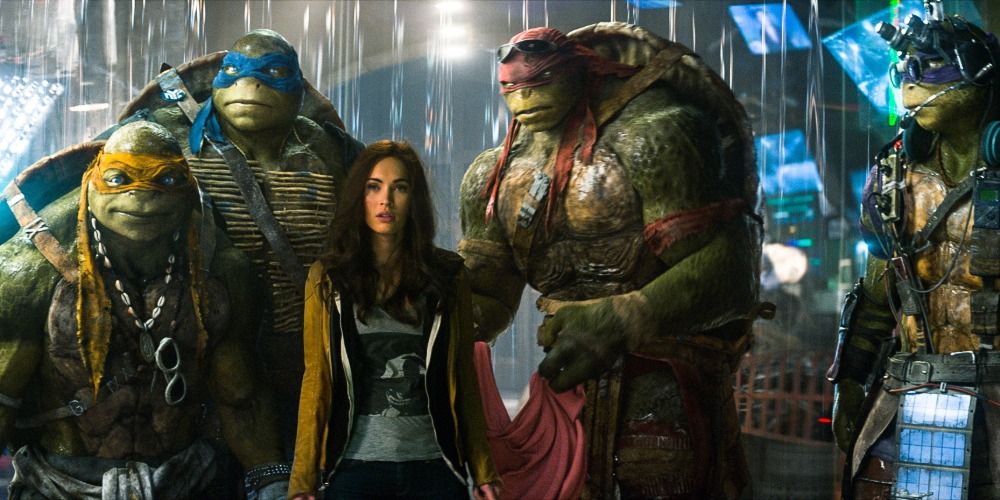
The pizza-loving heroes in a half-shell have had three previous live-action films already and were portrayed in all of them through the use of practical suits, as well as puppetry that ranges from pretty good to dated over each entry.
For the 2014 reboot and its sequel, the turtles were created using motion-capture and CGI, which, while the most logical way to present them onscreen, didn’t turn out that well. In the film’s attempt to go for a more realistic design, they looked more like relatives of Batman vs. Superman’s Doomsday than their animated counterparts, and it’s hard to look at them without feeling uncomfortable. Animation has usually suited the turtles best, allowing them to actually look like turtles while kicking butt and cracking wise. As it stands, a fully CGI reboot is in the works from producer Seth Rogen.
Cats & Dogs (2001)
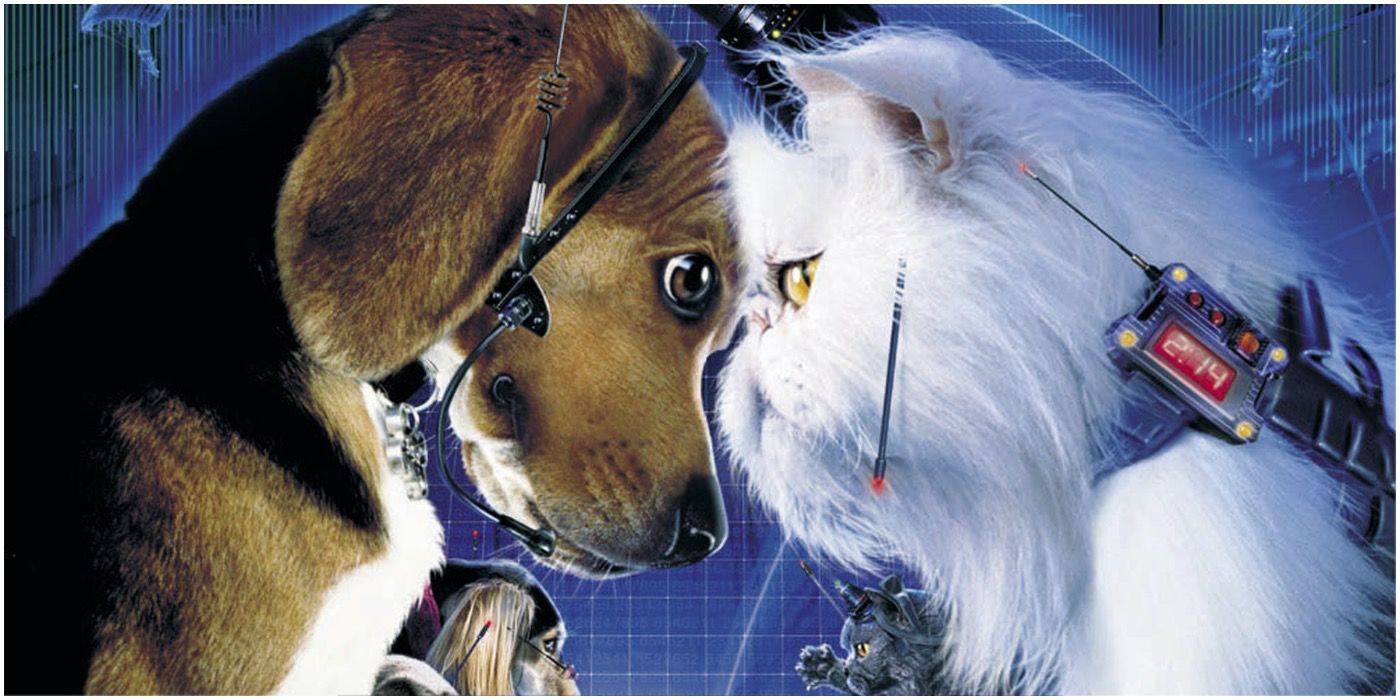
This early 2000s family comedy hasn’t aged particularly well in the visual department. Director Lawrence Guterman attempts to stage Looney Tunes-esque slapstick and gags between the mostly flesh-and-blood animals, but the CGI for the scenes where the animals are doing non-animal things isn’t particularly great, and Guterman would go to even farther lengths with unwieldy and nightmarish visuals in 2005’s Son of the Mask. Had the film actually been entirely animated, these scenes would have felt more natural rather than distracting, as they were in the finished film.
Tank Girl (1995)
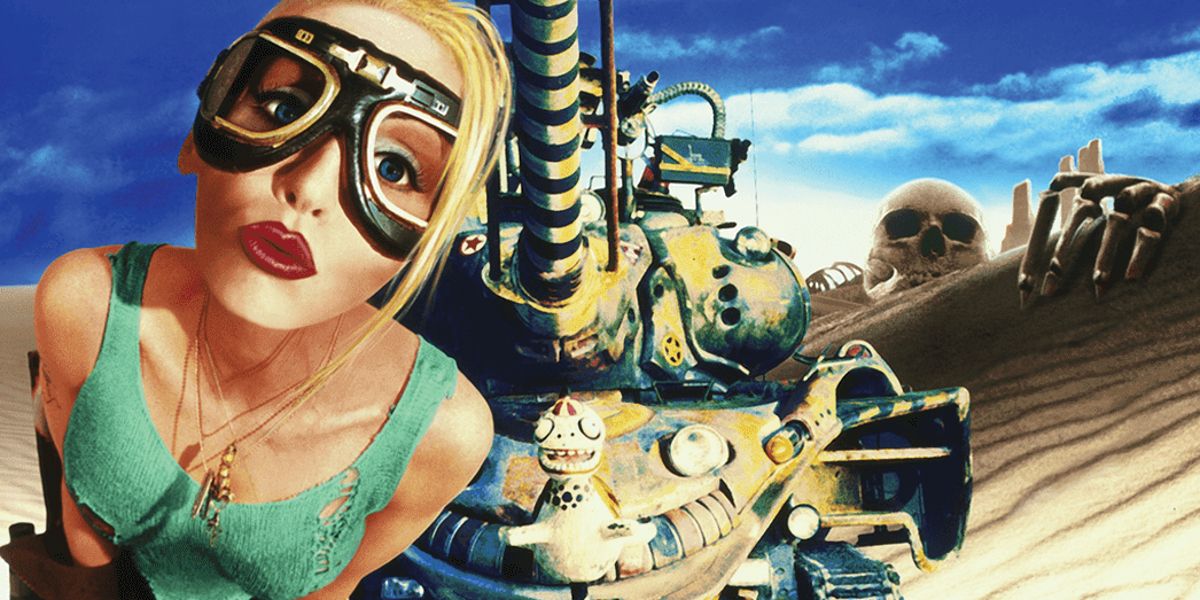
The movie Tank Girl was an admirable yet ultimately unsuccessful film that failed to capture the unpredictable irreverence of the comic source material. The film tried to make up for this at times by splicing in comic panels and animated sequences, but these didn’t help it. Yet, a fully animated film would have been better able to preserve the cartoon-esque insanity and eccentric characters.
While CGI has progressed to the point where Tank Girl could work in live-action, let’s hope that Margot Robbie, who is set to produce a reboot, has considered the idea of going fully-animated.
The Smurfs (2011)
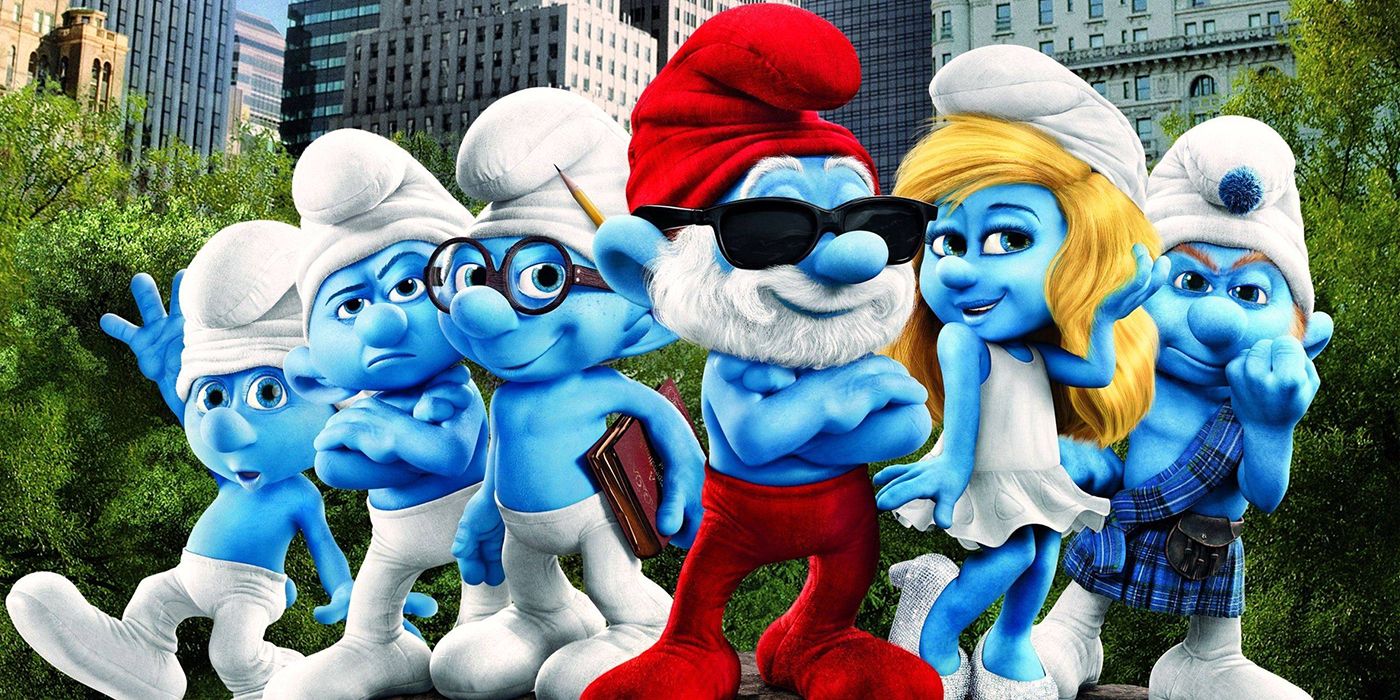
A planned trilogy of fully computer-animated Smurfs films was set up at Paramount Pictures and Nickelodeon Movies in 2006 before the rights were whisked over to Sony Pictures Animation, who decided to make a live-action/CGI-animated film, instead.
The Smurfs themselves don’t suit the live-action setting, as their faces are made unnaturally realistic, unlike the simple-yet-charming designs of the original cartoon. It would have been cool to see how the aforementioned trilogy turned out, but, thankfully, the live-action films were rebooted with the fully-animated Smurfs: The Lost Village in 2017.
The Garbage Pail Kids Movie (1987)
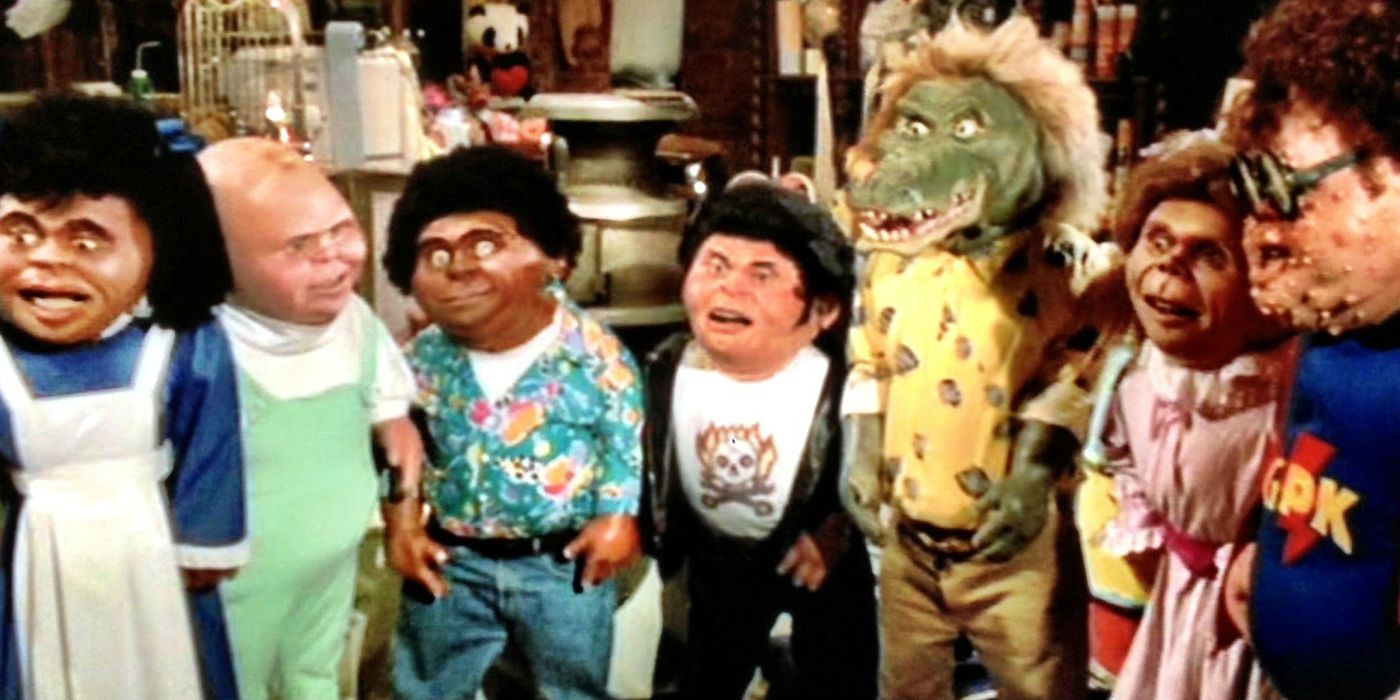
Considered one of the worst films ever made, one need only to look at the titular Garbage Pail Kids to see why going fully animated would have been a better move for this film. Not only do the designs look repulsive, but the animatronic heads worn by the actors playing the Kids weren’t completed in time for shooting, and their mouth movements barely sync up with their spoken dialogue.
An animated film using Art Spiegelman’s art style would have suited the sensibilities of the trading card series well, but, unfortunately, the small budget that the studio provided forced the director to make it a live-action film, instead.
Dolittle (2020)
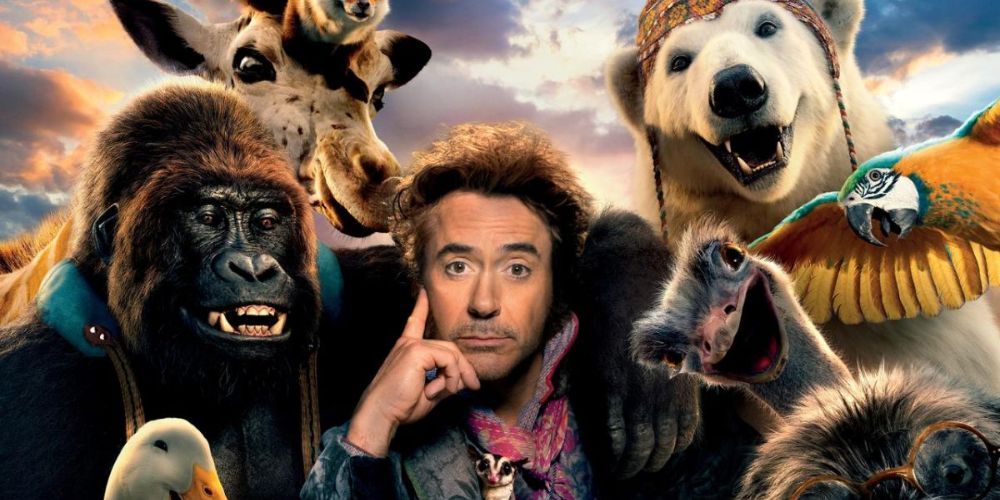
Given the production difficulties that Dolittle faced, it’s shocking that it wasn’t made into a completely animated film. While the animals themselves are expressive, it’s the rendering and placement of them alongside the live-action actors that’s extremely messy. This results in the film feeling incoherent as it struggles to balance characters that are physically present with the ones that are added digitally later on. This wouldn’t have been a problem if it went the fully-animated route; the fact that all the characters would have been rendered the same way could have helped the film balance these elements more properly.
Cats (2019)
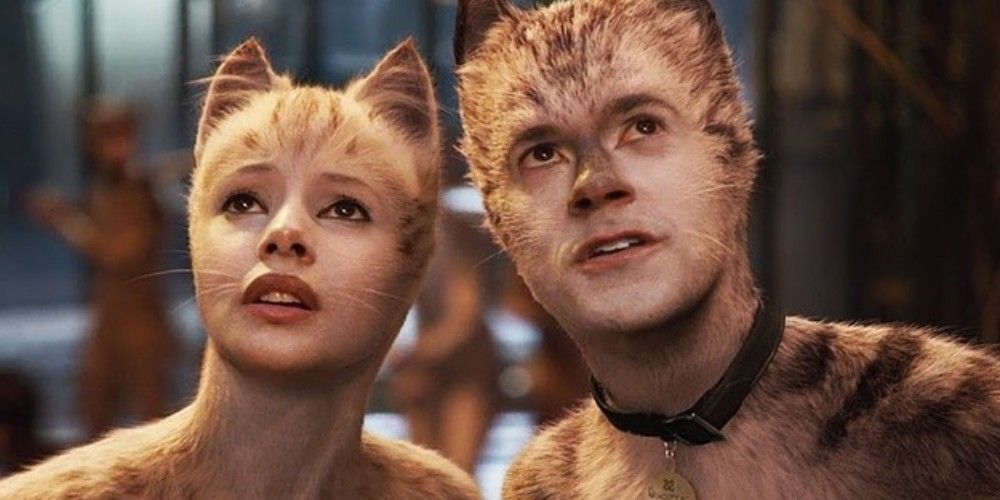
Cats will almost certainly go down in history as the most horrific example of the uncanny valley effect in film, but it could have been different. In the 1990s, Steven Spielberg was attached to develop an animated adaptation through his studio Amblimation, though the studio’s later closure caused the project to be abandoned.
Concept art for this version has come to light though, showing several fascinating character designs and locations. It’s a shame this version never came to pass, as it probably would been one of the more creative musical-to-film transitions compared to what we got.
The Witches (2020)
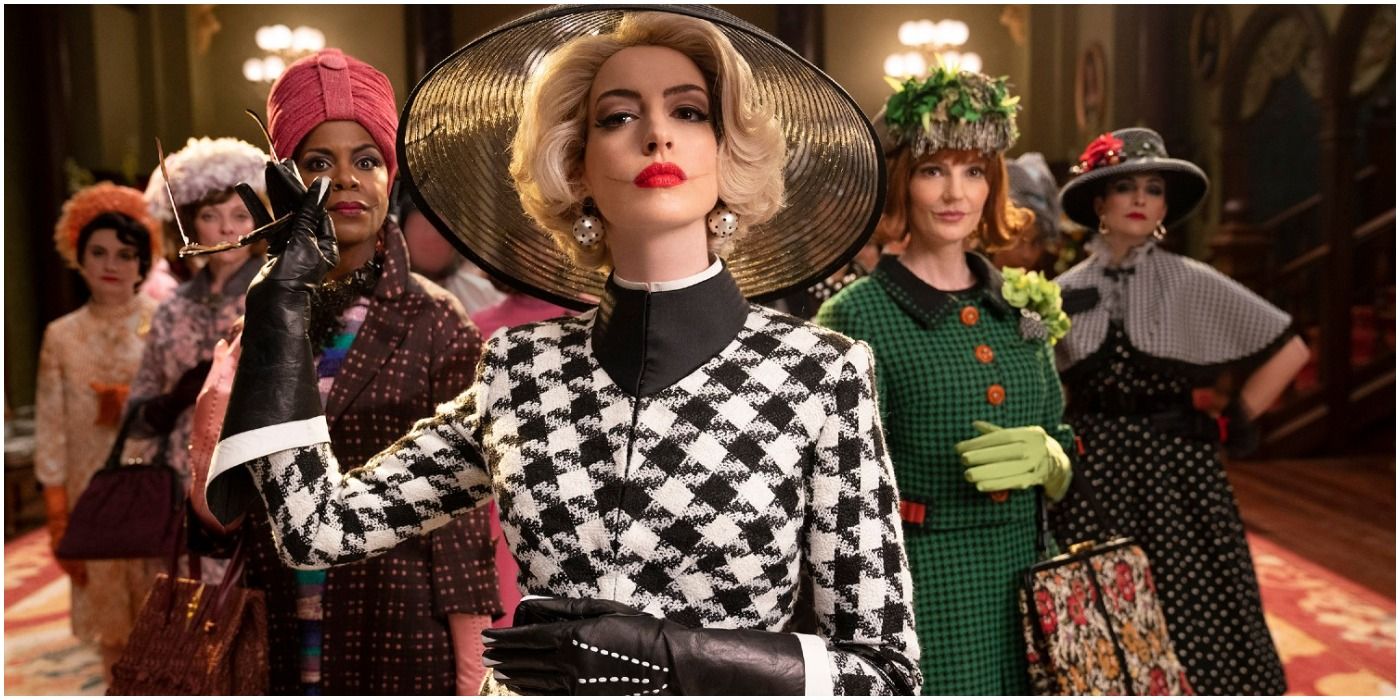
Directed by Robert Zemeckis, the new adaptation of Roald Dahl’s dark fantasy book certainly had its moments, but it failed to hold a candle to Nicolas Roeg’s 1990 adaptation. The original film had incredible use of both practical makeup and Jim Henson’s puppetry, while the new film had very dated-looking CGI, instead. Perhaps going completely animated would have given this adaptation more imaginative freedom, and, in fact, one of the creatives involved in the film thought so, too.
Guillermo del Toro, who produced and co-wrote the new film, had envisioned it as a stop-motion animated production back in 2008 before Zemeckis became involved. It would have been great to see what a talented animation director, like Coraline’s Henry Selick, for example, could have brought to this property. The Grand High Witch could have been made scarier than Coraline‘s Other Mother, perhaps.




